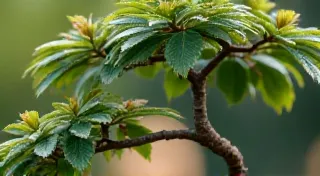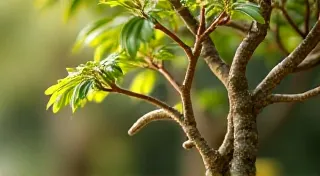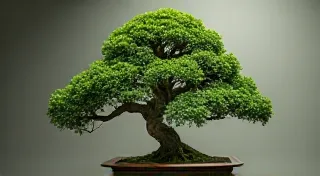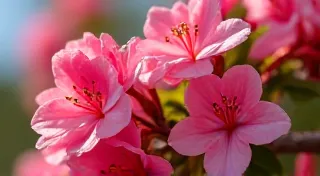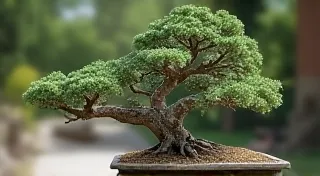Ficus Retusa Bonsai: Indoor Care and Styling Secrets
The Ficus Retusa, also known as the Buddha's Hand Fig, is a popular choice for bonsai enthusiasts, particularly those seeking an indoor bonsai. Its adaptability and forgiving nature make it ideal for beginners, while its elegant foliage and potential for unique styling keep experienced bonsai artists engaged. This guide provides a comprehensive look at caring for and styling your Ficus Retusa bonsai.
Understanding the Ficus Retusa
Native to Southeast Asia, the Ficus Retusa possesses attractive, glossy, oval-shaped leaves that readily develop small aerial roots. These aerial roots contribute to the tree’s aesthetic appeal and offer opportunities for creative styling. Its resilience allows it to tolerate a range of conditions, making it well-suited for indoor environments.

Light Requirements
Ficus Retusa thrives in bright, indirect light. While it can tolerate some direct sunlight, prolonged exposure, especially during the hottest parts of the day, can scorch the leaves. An east-facing window is generally considered ideal. If your space lacks sufficient natural light, consider supplementing with a grow light, particularly during the winter months. Rotate your bonsai regularly to ensure even growth on all sides.
Watering and Humidity
Watering is a crucial aspect of Ficus Retusa bonsai care. The frequency will depend on factors like pot size, soil composition, temperature, and humidity. Generally, allow the top inch of soil to dry out between waterings. Water thoroughly until excess water drains from the drainage holes. Avoid letting the soil become completely bone dry, as this can lead to leaf drop. Ficus Retusa appreciates higher humidity levels. You can increase humidity by misting the foliage regularly, placing the bonsai on a humidity tray filled with pebbles and water, or using a humidifier.
Soil and Repotting
Use a well-draining bonsai soil mix. A common blend includes akadama, pumice, and lava rock. This combination allows for adequate aeration and drainage while retaining sufficient moisture. Repotting is typically required every 2-3 years, or when you notice roots circling the pot. Repotting allows you to refresh the soil and prune the root system, promoting healthy growth.
Fertilization
During the growing season (spring and summer), fertilize your Ficus Retusa bonsai every 2-4 weeks with a balanced bonsai fertilizer. Dilute the fertilizer to half strength to avoid burning the roots. Reduce or cease fertilization during the dormant season (fall and winter).

Styling and Pruning
Ficus Retusa lends itself beautifully to a variety of bonsai styles, including informal upright, cascade, and broom styles. Regular pruning is essential for maintaining the desired shape and size. Pinch back new growth regularly to encourage branching and ramification. Wiring can be used to shape branches and create a more dramatic appearance. Be mindful of the tree's natural growth habit when styling.
To encourage back budding and smaller leaf size, you can defoliate your Ficus Retusa annually during the growing season. This involves removing all the leaves, which will trigger new, smaller leaves to emerge.
Common Problems & Solutions
- Leaf Drop: Can be caused by inconsistent watering, sudden changes in temperature, or low humidity.
- Scorched Leaves: Indicates too much direct sunlight.
- Pests: Ficus Retusa can be susceptible to pests like spider mites and scale. Inspect your bonsai regularly and treat any infestations promptly.

Conclusion
The Ficus Retusa bonsai offers a rewarding experience for bonsai enthusiasts of all levels. With proper care and attention, you can cultivate a beautiful and thriving miniature tree that brings a touch of nature indoors. Consistent care, combined with creative styling, will help you unlock the full potential of this wonderful bonsai species.
